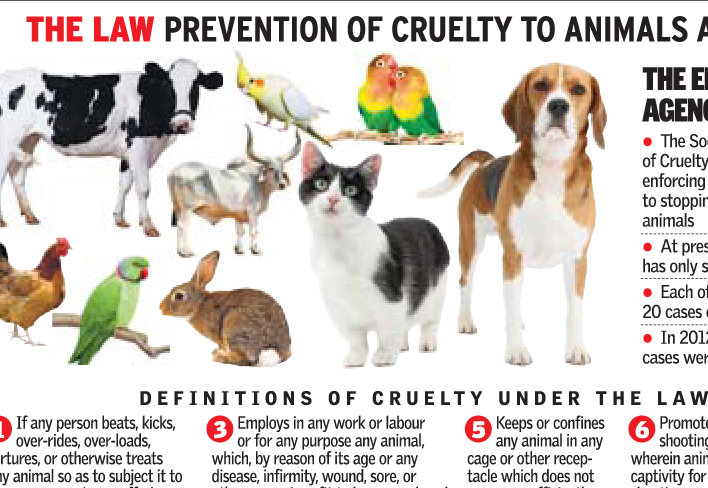In our increasingly digital landscape, distressing images and videos of animal cruelty are ubiquitous. From social media feeds to dedicated websites, these harrowing representations can profoundly affect viewers, leading to a spectrum of emotional responses. Understanding how to effectively process these emotions is crucial for healing. Here is a comprehensive guide designed to help individuals cope after witnessing such traumatic content.
1. Acknowledge Your Emotions
When exposed to animal abuse videos, it is common to experience a surge of emotions, including anger, sadness, and helplessness. Recognizing these feelings is the first step towards healing. It is vital to understand that these reactions are natural and signify your compassion for animals. Allow yourself to feel these emotions without judgment. Suppressing them may lead to prolonged stress and psychological turmoil.
2. Understand the Impact of Cruelty
Gaining a nuanced understanding of animal cruelty can serve as an effective coping mechanism. The types of abuse depicted in online content may range from neglect and abandonment to outright violence. By educating yourself about the various forms of cruelty, you can better contextualize the distressing images. Researching the realities faced by these animals can foster a sense of empowerment, transforming your emotional turmoil into informed advocacy.
3. Limit Exposure
In the age of digital immediacy, it can be challenging to control the content we encounter. However, proactively choosing to limit your exposure is essential for mental well-being. Consider unfollowing accounts or muting keywords associated with animal cruelty. Curating your online experience to prioritize positive content can mitigate the emotional impact of distressing videos.
4. Engage in Meaningful Action
One of the most effective ways to cope with the feelings of helplessness that often follow witnessing animal abuse is to engage in meaningful actions. Whether it’s volunteering at a local shelter, participating in awareness campaigns, or advocating for stronger animal welfare laws, taking positive steps can foster a sense of agency. Many organizations offer resources for activism, guiding individuals on how to contribute effectively to the welfare of animals.
5. Connect with Like-Minded Individuals
Finding solace in community can be immensely beneficial in healing. Seek out groups or forums where animal lovers convene to discuss such issues. Sharing experiences with compassionate individuals can mitigate feelings of isolation while reinforcing a collective vision of change. This sense of belonging can serve as an emotional balm, reminding you that you are not alone in your fight against cruelty.
6. Practice Self-Care
Engaging in self-care practices is paramount after witnessing traumatic content. This may include mindfulness techniques such as meditation or deep breathing exercises. These activities can help ground you, promoting emotional regulation. Additionally, prioritizing physical health through regular exercise, adequate sleep, and a balanced diet can bolster resilience against the psychological effects of distressing content.
7. Seek Professional Support
In some cases, the impact of witnessing animal cruelty can lead to significant emotional distress, including symptoms of anxiety or depression. If feelings of helplessness persist or worsen, consider seeking professional support. Therapists can provide invaluable tools for processing trauma and developing coping strategies. Exploring cognitive behavioral therapy (CBT) can be particularly effective in reframing thought patterns associated with distressing imagery.
8. Advocate for Change
Transforming your anguish into action can be a powerful catalyst for change. Consider engaging in advocacy by supporting legislation aimed at animal welfare. By contacting lawmakers, participating in peaceful protests, or supporting organizations dedicated to animal rights, you can contribute to systemic changes that help prevent future abuses. This proactive stance not only aids in personal healing but can also benefit countless animals.
9. Share Your Experience
Writing about your experiences can be a form of catharsis. Whether through blogging or journaling, articulating your response to animal cruelty can clarify thoughts and emotional responses. Sharing your narrative may resonate with others, creating a ripple effect of awareness and compassion. It could also inspire those who feel alone in their pain, reminding them that their response to cruelty is valid and shared.
10. Embrace Resilience
Lastly, foster an attitude of resilience. The emotional impact of witnessing animal cruelty can be profound but is not insurmountable. By embracing hope and envisioning a future where animals are treated with respect and compassion, you can cultivate positive thinking patterns. This resilient mindset not only helps in personal healing but also encourages an enduring commitment to advocating for those who cannot speak for themselves.
In conclusion, the journey toward healing after witnessing animal cruelty is multifaceted. It necessitates emotional acknowledgment, education, community engagement, and proactive steps towards change. By embracing these practices, individuals can transform their discomfort into meaningful action, instilling hope for a more compassionate world. This process not only aids in personal healing but also contributes to a broader movement striving for the eradication of animal cruelty.








